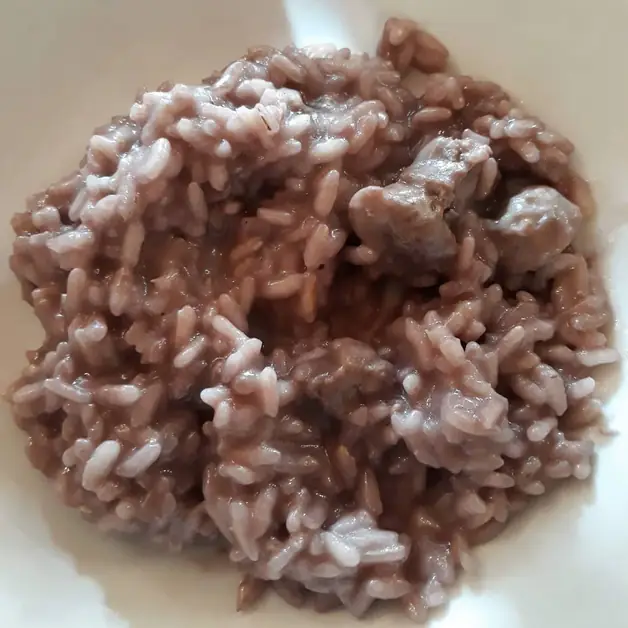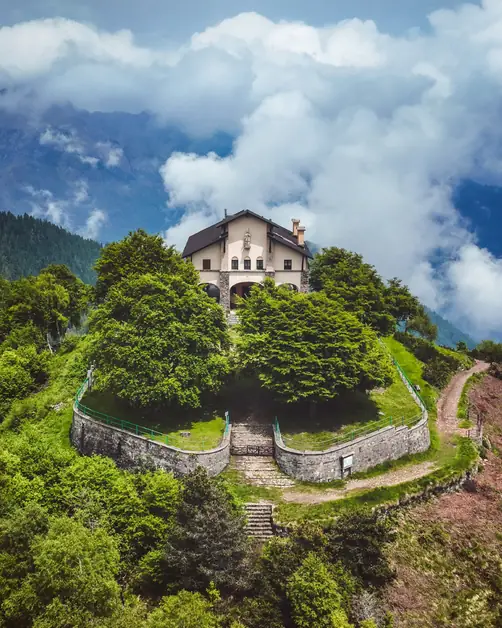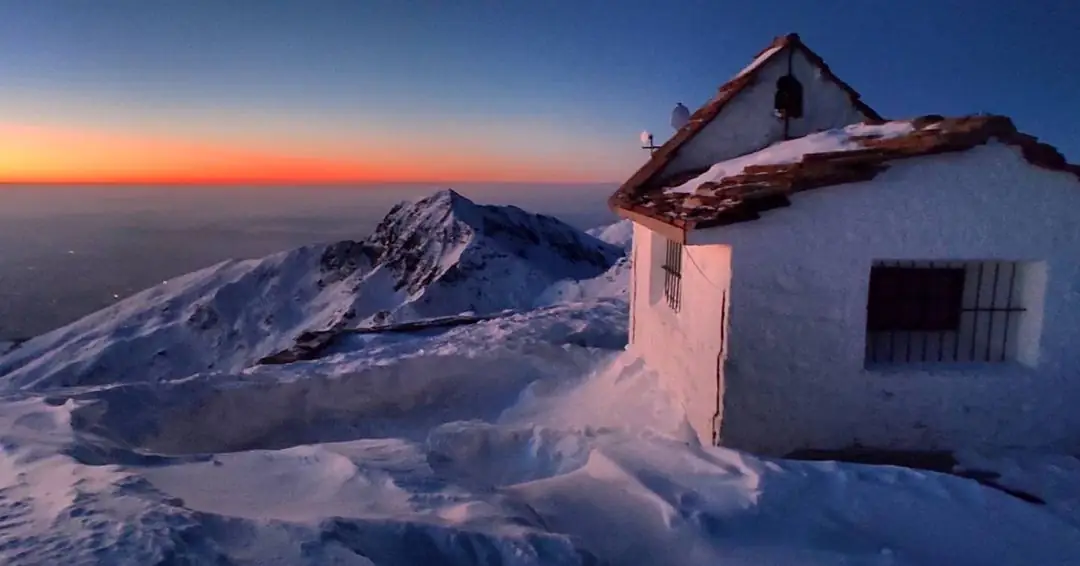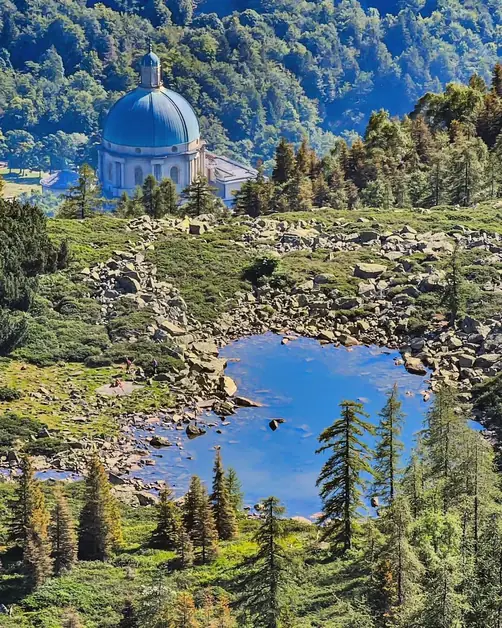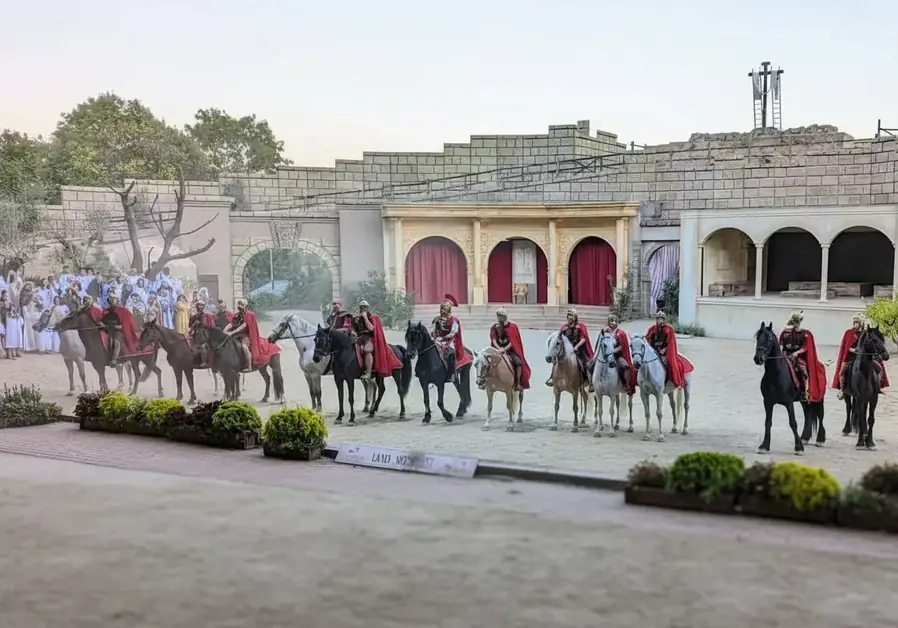Andorno Micca the jewel of the Cervo Valley
Andorno Micca is a jewel of the Cervo Valley rich in history and traditions.
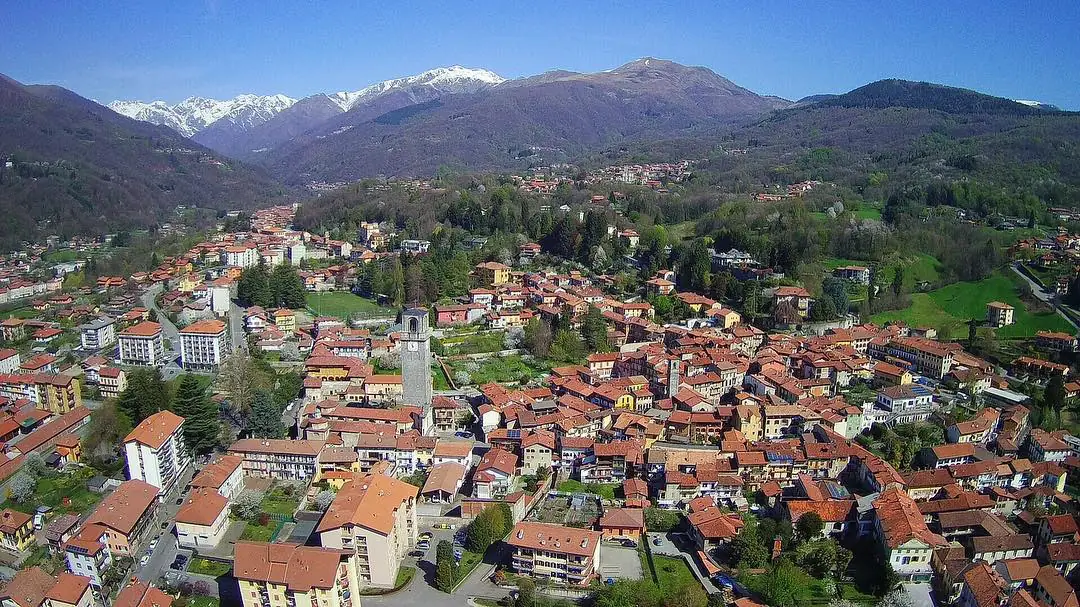
Where is Andorno Micca located and why is it considered the heart of the Cervo Valley?
Andorno Micca is a charming Piedmontese village located in the province of Biella, in the heart of the Cervo Valley. The locality is just a few kilometers from the capital and represents one of the main centers of this mountainous valley, rich in traditions, art, and nature. Thanks to its strategic position, Andorno has been a reference point for artisanal and cultural activities in the Biella area for centuries. Surrounded by green hills and crossed by clear streams, it still preserves an authentic and relaxed atmosphere that fascinates visitors and tourists.
What is the history of Andorno Micca?
The origins of Andorno date back to the Middle Ages, when the village developed as a commercial and agricultural center of the valley. The name “Micca” was added in the 19th century in honor of Pietro Micca, the Biella hero who sacrificed himself in 1706 during the siege of Turin to defend the city from the French. Over the centuries, Andorno maintained a strong identity linked to its traditions, religion, and craftsmanship. Its historical architectures, churches, and noble houses still testify to the cultural richness of the past.
What can you see in the historic center of Andorno Micca?
The historic center of Andorno Micca is well preserved and represents a pleasant destination for those who love to stroll through alleys, porticoes, and ancient stone houses. The architectures reflect the evolution of the village over the centuries, with Renaissance and Baroque elements alternating harmoniously. Among the most interesting buildings is the Parish Church of San Lorenzo, a masterpiece of local religious architecture. Its windows and pinnacles are decorated with elegant glazed terracotta, a typical element of Piedmontese art.
What does the church of San Lorenzo in Andorno house?
The interior of the church of San Lorenzo is a small treasure chest of art. Among its most precious works are some paintings by Bernardino Galliari, a painter from Andorno and founder of a famous family of artists. The Galliari were known for their decorations, stage designs, and frescoes that adorned not only the historic homes of Biella but also great Italian theaters such as the Teatro Regio in Turin and La Scala in Milan. The artistic legacy of the Galliari is still alive in Andorno, where their birthplace and works remind us of the contribution made to Baroque and theatrical art in the 18th century.
Who were the Galliari brothers and what was their role in the history of Italian art?
The Galliari were a family of Biella artists active between the 18th and 19th centuries. Bernardino Galliari (1707-1794) was the founder, a painter and scenographer of great talent. He worked extensively in Italian and foreign theaters, becoming one of the protagonists of scenic art of his time. His brothers and descendants continued the family business, specializing in the painting of stage designs and interior decorations. Their refined and innovative style helped spread the Piedmontese and Lombard taste of the Baroque and Rococo era. The fame of the Galliari made Andorno known beyond regional borders as a land of artists and craftsmen.
Why is the Ratafià of Andorno so famous?
Among the local excellences of Andorno Micca stands out the Ratafià, a sweet and fragrant liqueur made from black cherry juice, natural aromas, and sugar. Its production is linked to the historic name of the Giovanni Rapa Distillery, which has preserved the original recipe for over a century. The Piedmontese term “rata fià”, which means “grate breath”, recalls the warm and pleasant sensation that the liqueur leaves on the palate. Thanks to its delicate flavor and moderate alcohol content, Ratafià is loved by all and is also used in cooking to enrich desserts, ice creams, and fruit salads.
What is the tradition of the Giovanni Rapa distillery?
The Giovanni Rapa distillery is one of the symbols of Andorno's productive identity. Founded in the 19th century, it still produces Ratafià according to the traditional recipe, using high-quality black cherries and natural ingredients. Over time, the company has become a reference point not only for Biella but for all of Piedmont, exporting its artisanal excellence in Italy and abroad. Visiting the distillery means taking a journey into the history of Piedmontese taste and discovering one of its most iconic productions.
What can you do today in Andorno Micca?
Today Andorno is an ideal destination for those seeking authenticity, culture, and nature. Strolling through the historic center allows you to admire elegant architectures and picturesque views. Nature lovers can explore the Cervo Valley, rich in trails and scenic panoramas that extend to the mountains of the Oasi Zegna. History and art enthusiasts can visit the churches, ancient palaces, and places linked to the Galliari. And of course, a tasting of Ratafià is a must, to be enjoyed in local shops or restaurants.
What is the atmosphere like in Andorno Micca?
Walking through Andorno Micca means immersing yourself in an atmosphere of bygone times. The stone houses, quiet squares, and panoramic views of the valley provide a sense of peace and harmony. The inhabitants are proud of their traditions and welcome visitors with warmth. Local festivals, fairs dedicated to typical products, and cultural events related to the territory help keep the collective memory alive and showcase the authentic beauty of the Cervo Valley.
Why visit Andorno Micca during a trip to Piedmont?
Because Andorno represents a perfect blend of art, history, and flavors. It is a small jewel nestled among the Biella mountains, where the past merges with the present. The traces of the Galliari family, the ancient church of San Lorenzo, the unmistakable taste of Ratafià, and the surrounding nature make this village an unmissable destination for those who wish to discover an authentic Piedmont, away from the more touristy routes. Visiting Andorno Micca means experiencing a genuine journey, made of culture, traditions, and hospitality.
